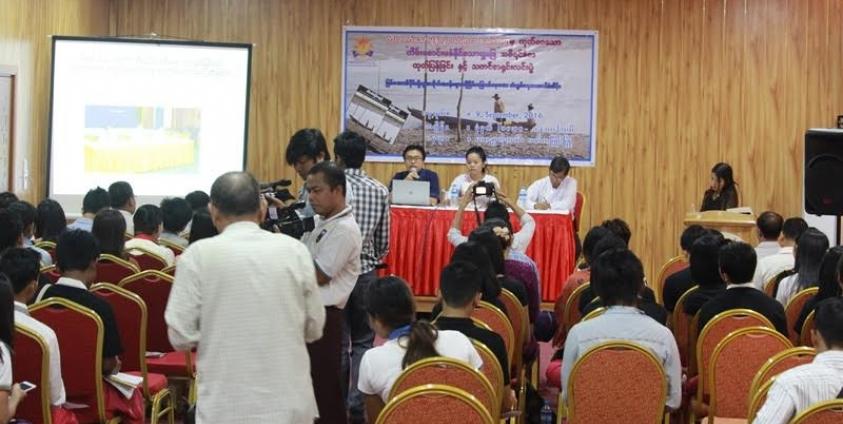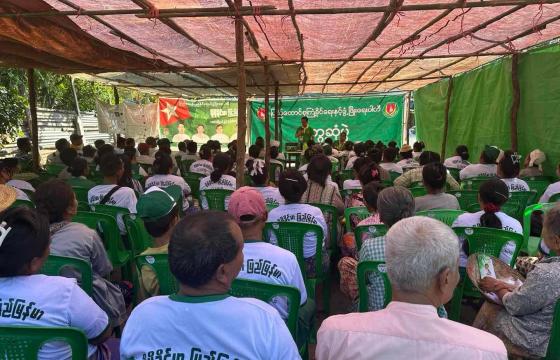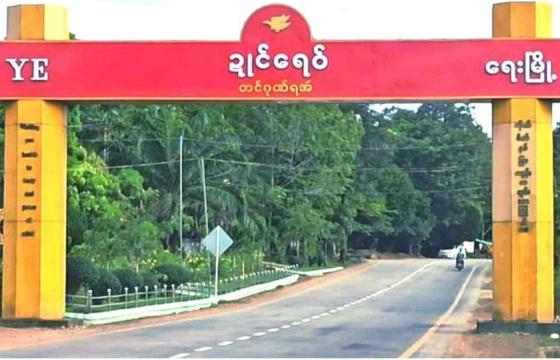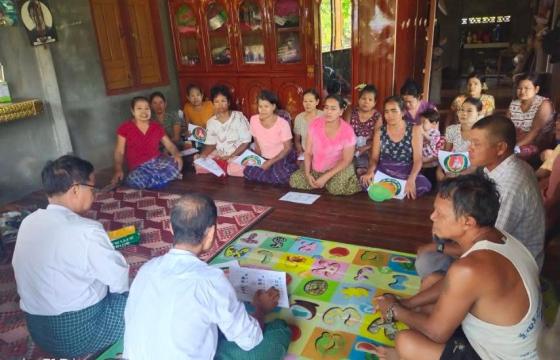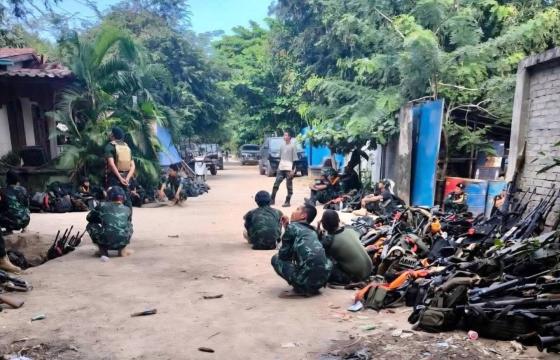Preparations should be made to prevent dam building on the Salween River, the home of many ethnic people, replacing the Irawaddy River’s Chinese backed Myitsone Dam project if it is cancelled.
The comments were made by the Mon State Hluttaw (parliament) Deputy Speaker Dr Aung Nai Oo at the press launch of a Mon Youth Progressive Organisation (MYPO) report entitled ‘In the Balance’, held at the Ramanya Hotel in Mawlamyine, Mon State on 9 September.
About 100 people attended the event, as well as Dr Aung Nai Oo also attending were Nai Khaung Htaw Zit from the NMSP and civil society organisations from Mawlamyine.
Dr Aung Nai Oo said: “Hundreds of social associations in Sagaing, Irrawaddy, and Mandalay regions will not accept the Myitsone [dam project]. The amount of compensation to be given to China will be too high if the Myitsone is not going to be built. So, will our Salween River become a payoff [as compensation for Myitsone]? I believe we need to prepare ahead in case the idea shifts towards here [the Salween River].”
He also said that the Irrawaddy and Salween rivers are the lifeblood of Burma and there may be conflicts if local ethnic people refuse to accept the implementation of dam projects in their areas.
Mi Ah Chai, the lead researcher for the ‘In the Balance’ report said: “The Burmese government and Thai investors are planning to rebuild the controversial Hatgyi Dam [on the Salween] now. Local residents are worried about the impacts of the Salween dams on the livelihoods and natural environment of people residing further down the river and other residents living along the river.”
She also claimed that the Salween River dam projects will not bring any benefits to local residents and that the natural environment and ecosystem downstream from the dams and in the Salween delta area will be damaged.
U Htain Lwin, the permanent secretary at the Ministry of Electric power, announced on 12 August that the Salween River dam projects would be implemented because there was a need for electricity.
Six dams have been proposed for the Salween River, but Burma will only receive 10 per cent of the electricity they generate whilst Thailand and China will each receive 45 per cent of the electricity they generate, according to the report.
The Salween River runs through four states in Burma and ethnic people depend on the river for their agriculture, fishing, transport and other livelihoods.
The proposed dams for the Salween are: the Kun Long Dam (1400 megawatts), the Nawngpha Dam (1200 megawatts), the Mong Ton Dam (7110 megawatts) and the Man Taung Dam (225 megawatts) in Shan State; The Ywathit Dam (4000 megawatts) in Karenni State and the Hatgyi Dam (1360 megawatts) in Karen State.
Reporting by Mon Htaw for M.N.A
Translated by Thida Linn
Edited in English by Mark Inkey for BNI


